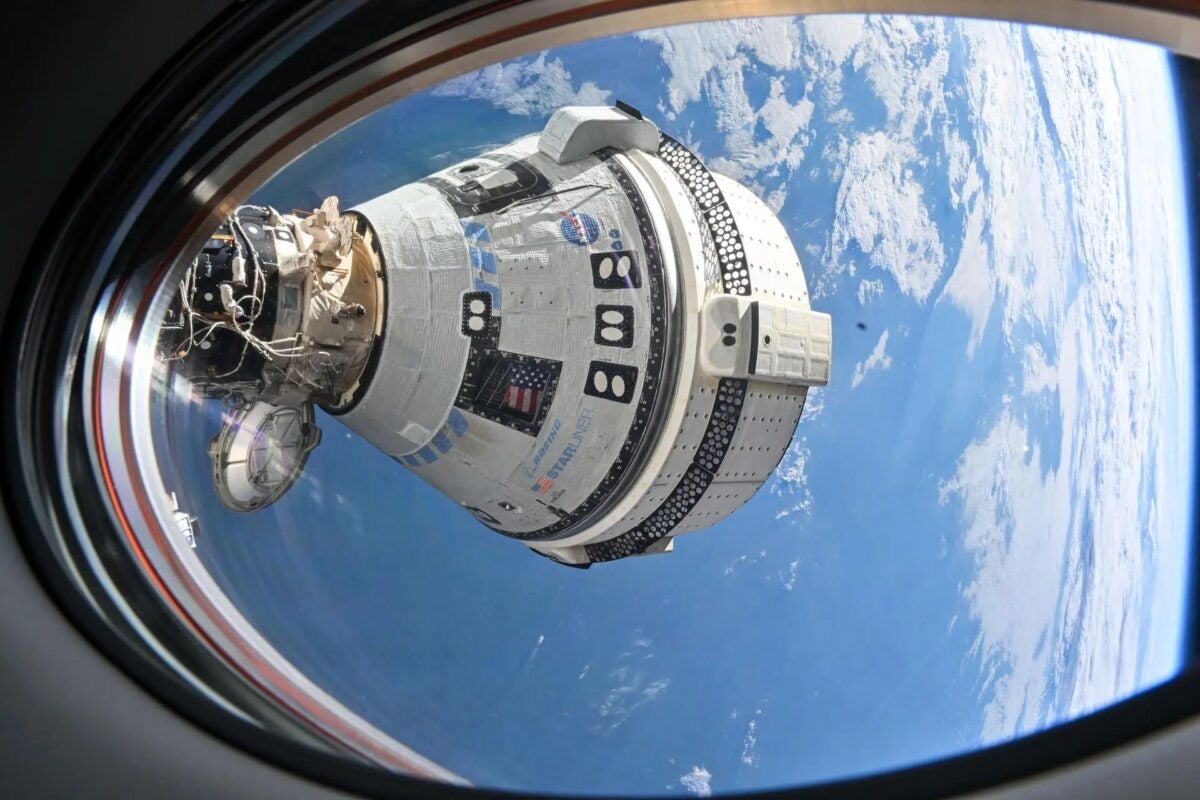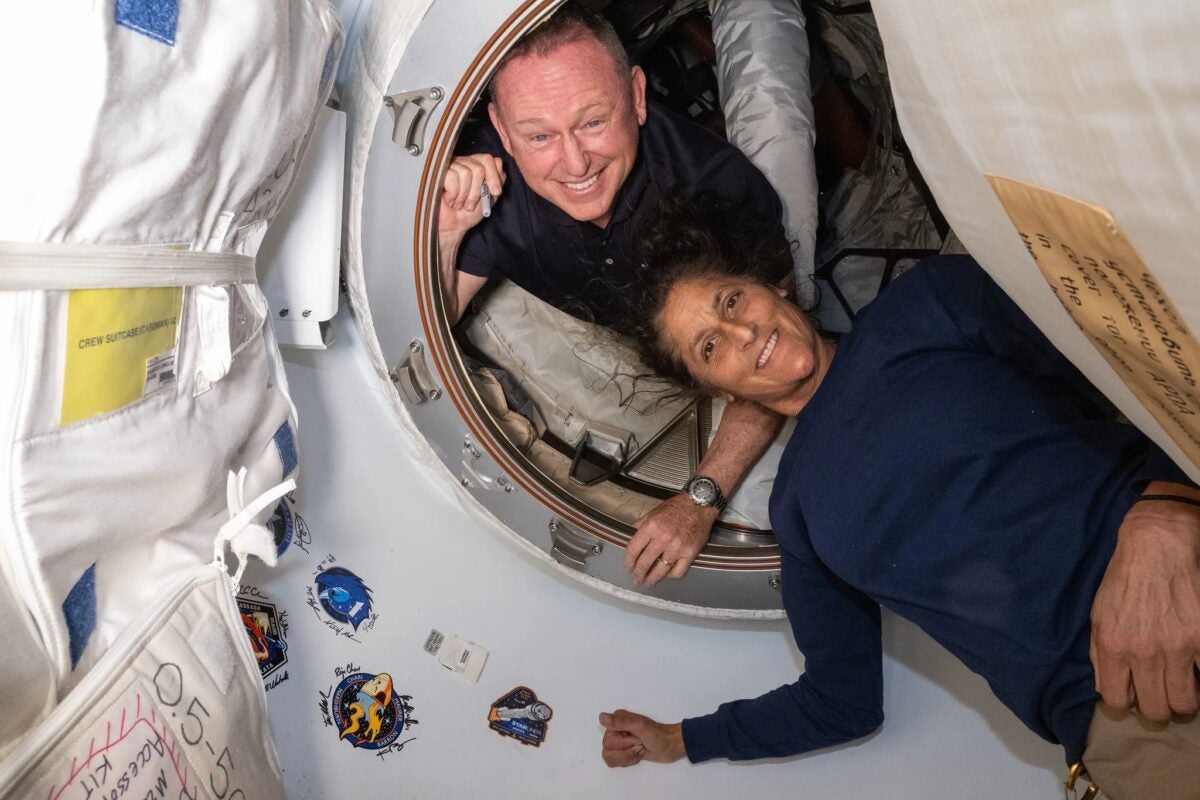
UPDATE 8/14/24: During a media call this afternoon, NASA officials announced that as of yet there are no major updates on the timing of Wilmore and Williams’ return, or the vehicle that may bring them back to Earth. However, they confirmed that the agency’s primary concern remains the Starliner’s propulsion system — namely the craft’s thrusters and the signatures received from them on orbit. Before deciding whether to bring the astronauts back on the Starliner, the team needs to ensure the propulsion system will work as it should during the necessary de-orbit burn. This is made more challenging by the fact that the parts in question cannot be observed or checked during a spacewalk, so engineers on the ground must rely on data transmitted by the system, rather than visual inspection.
Although officials said there is no sharp cutoff for making the decision on how to bring the astronauts home, the teams are aiming to make a call during or before the last week in August, as juggling factors such as supplies and available ports on the space station becomes more difficult. For now, the experienced Williams and Wilmore remain integral and valuable members of the station crew, taking part in maintenance, research, and other tasks.
NASA astronauts Barry “Butch” Wilmore and Sunita “Suni” Williams have had a bit of a prolonged trip to space. Since their blast off on June 5 aboard the Boeing Starliner from Florida’s Space Coast, the astronauts have been staying on the International Space Station (ISS) alongside the Expedition 71 crew after issues arose with the craft.
Before Wilmore and Williams arrived at the ISS, the Starliner craft saw five of its small thrusters fail and a helium leak. The issues postponed indefinitely the astronauts’ return to Earth — originally planned for one week after launch.
Related: Boeing Starliner launches NASA astronauts on mission to the ISS

Hot fire test
Various teams are working toward bringing Wilmore and Williams back to Earth. On July 27, NASA and Boeing completed a second docked Starliner hot fire test. The test was to assess the craft’s propulsion system. Both Wilmore and Williams were seated in the spacecraft as part of the test, which was meant to allow NASA and Boeing teams to evaluate the helium supply and leak rates.
During the test, 27 of the spacecraft’s 28 jets were fired one by one in short bursts. The thruster performance and helium leak rates were assessed for each jet in turn. According to the NASA Commercial Crew Program blog: “Preliminary results show all the tested thrusters are back to preflight levels based on thrust and chamber pressure.”
On Aug. 1 and 6, subsequent blog posts stated that NASA and Boeing’s teams were still assessing the results of the test, with the goal of confirming the system’s reliability for the Starliner spacecraft’s return to Earth. The Aug. 6 post also stated that NASA and SpaceX are now aiming for a launch of the Crew-9 mission to the ISS no earlier than Sept. 24. (The launch was originally slated for Aug. 18.) “This adjustment allows more time for mission managers to finalize return planning for the agency’s Boeing Crew Flight Test currently docked to the orbiting laboratory,” the post reads.
Six craft are currently docked to the station, including the Starliner, several resupply ships, a Soyuz capsule for the Russian crew, and the SpaceX Crew Dragon Endeavour. The ISS has only two docking ports designed to accommodate either SpaceX or Boeing’s crewed capsules, both of which are now occupied.
Other options open
As of an update with the media this morning, NASA has still not set a return date for the astronauts.
Additionally, officials noted they “have other options open,” according to Steve Stich, program manager for NASA’s Commercial Crew Program. “We have been working with SpaceX to ensure they are ready to respond with Crew-9 as a contingency,” he said.
If that were the case, NASA would send only two of four planned astronauts up in the SpaceX Dragon capsule designated for the mission. Wilmore and Williams would take the two empty seats on the craft’s return — in February 2025.
If Williams and Wilmore hitch a ride on a SpaceX craft, the Starliner could be returned to Earth uncrewed.
“Boeing remains confident in the Starliner spacecraft and its ability to return safely with crew. We continue to support NASA’s requests for additional testing, data, analysis, and reviews to affirm the spacecraft’s safe undocking and landing capabilities. Our confidence is based on this abundance of valuable testing from Boeing and NASA,” Boeing said in a press release.
This story was originally published August 7, 2024, and updated August 14, 2024.









